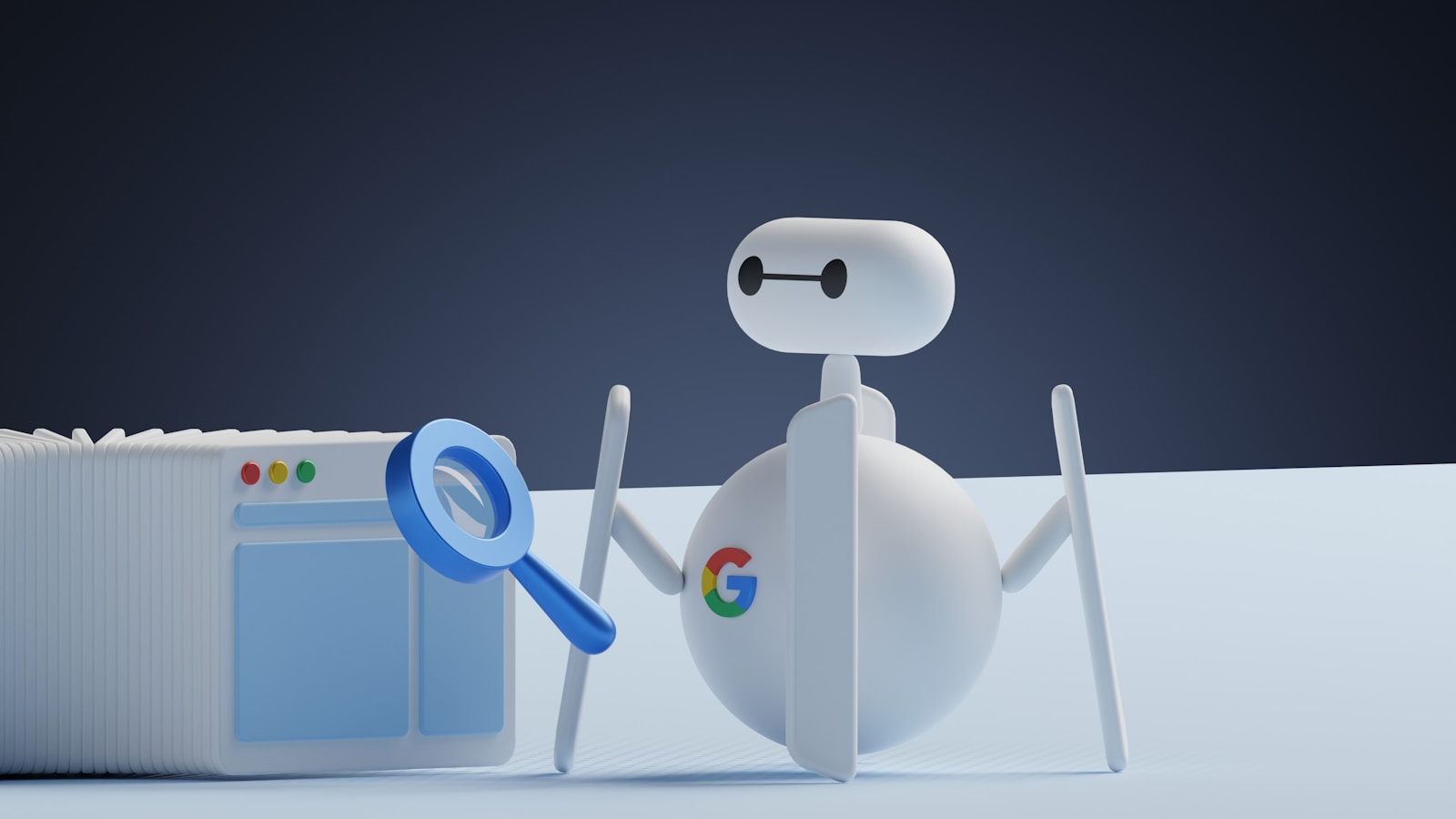AI Art: Enhancing Digital Creativity
Artificial intelligence, once reserved for science fiction novels and futuristic movies, has now made its way into the world of art. AI art, created with the help of algorithms and machine learning, is revolutionizing the way artists approach their work. By collaborating with AI, artists are able to push the boundaries of digital creativity and produce stunning pieces that challenge traditional notions of art.
One of the most exciting aspects of AI art is its ability to assist artists in exploring new techniques and styles. By working with algorithms that can analyze vast amounts of data, artists can uncover patterns and trends that they may not have discovered on their own. This collaboration between artist and digital assistant can lead to the creation of unique and innovative pieces that blur the line between human and machine creativity.
One of the key benefits of using AI in art is its ability to speed up the creative process. With the help of AI algorithms, artists can generate ideas quickly and experiment with different styles and concepts in a fraction of the time it would take using traditional methods. This accelerated workflow allows artists to explore a wider range of possibilities and produce more work in a shorter amount of time.
AI art is also challenging the notion of authorship in the art world. When artists collaborate with AI algorithms, questions arise about who truly owns the final piece. Is it the artist who programmed the algorithm? Or is it the AI itself, which generated the final output based on its programming? These questions are sparking debates among artists and critics about the nature of creativity and the role of technology in the artistic process.
Despite these questions, many artists are embracing AI as a tool to enhance their creativity and expand their artistic horizons. By working with AI, artists can access new techniques and styles that they may not have considered before. This collaboration between artist and digital assistant can lead to the creation of truly groundbreaking pieces that challenge our perceptions of art and technology.
One artist who has embraced AI art is digital artist Refik Anadol. Anadol uses machine learning algorithms to create mesmerizing digital installations that blur the line between art and technology. By feeding vast amounts of data into his algorithms, Anadol is able to create immersive experiences that push the boundaries of digital art.
In conclusion, AI art is revolutionizing the world of digital creativity by providing artists with new tools and techniques to explore. By collaborating with AI algorithms, artists can push the boundaries of traditional art and create innovative pieces that challenge our perceptions of creativity and authorship. While there are still questions to be answered about the role of AI in art, one thing is clear: AI art is here to stay, and it is only just beginning to unlock the full potential of digital creativity.







Leave a Reply